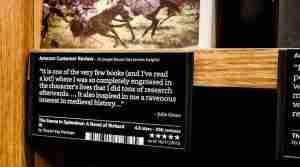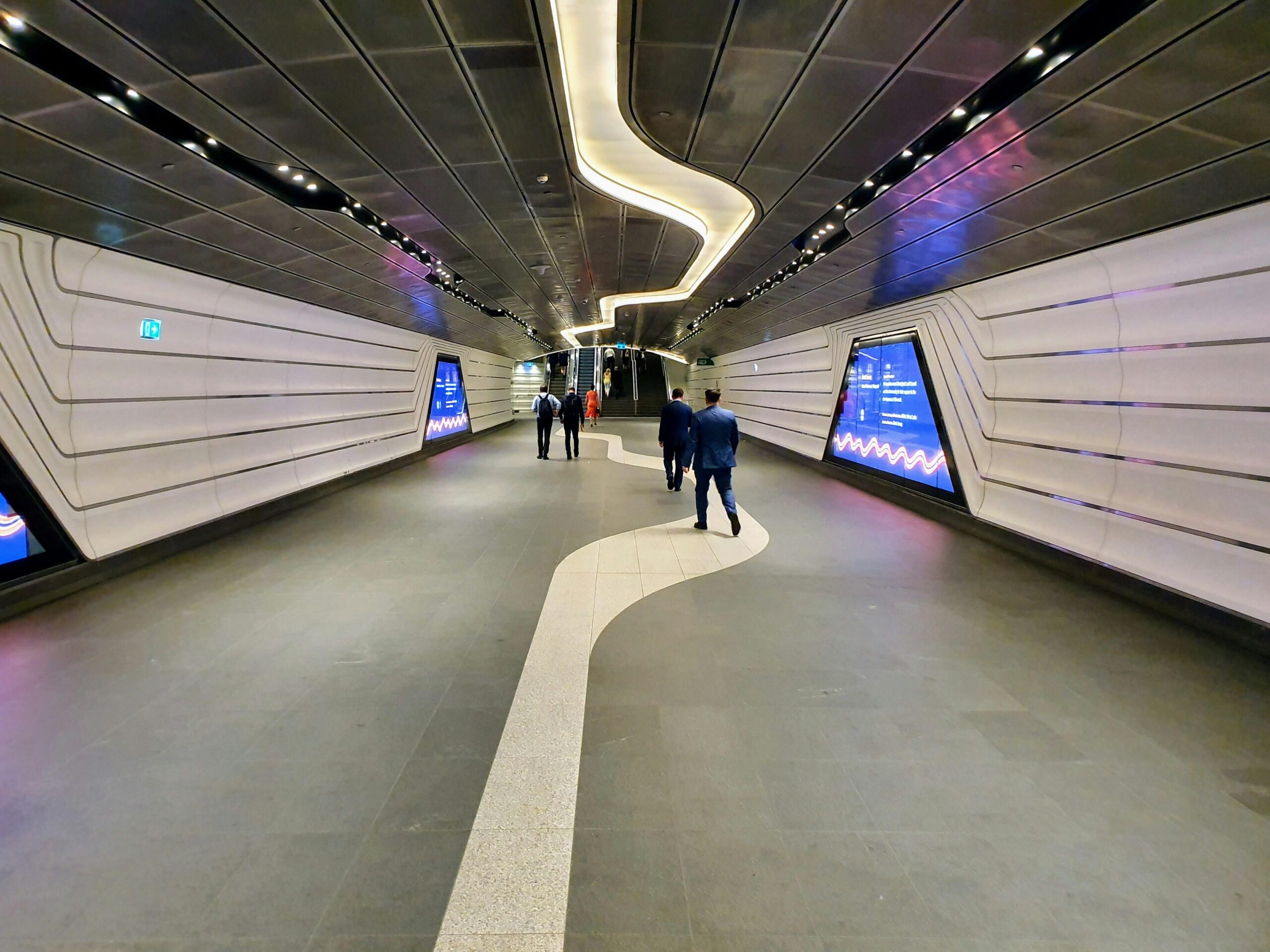I recently visited Silicon Valley with 33 MBA executives on a trip to explore startups and enterprises.
One day we stopped for lunch at Santana Row in San Jose. While strolling down the street I came across an unexpected sight; an Amazon Bookshop. It took me a little while to take in what I was looking at: an Amazon bricks-and-mortar bookstore? Really? Why would they bother? And surely bookstores are no longer relevant in the world of ordering online? I was intrigued – and of course had to go in to browse. Here are the main insights I gleaned from my experience at the Amazon bookstore; a window into delivering a seamless customer experience both offline and online:

- The store footprint is small. Amazon is clearly not going to invest in the real estate that crippled some of the larger stores like Borders. The store is targeted and focussed, not a “please everyone” exercise.
- Every book is laid out individually cover first, as they are on Amazon’s website. While this limits the number of books on the shelves, it makes for a blurring between the online experience and the offline experience. You can move between online and offline and the experience will be similar. Very clever.

- Every book has a recommendation. Every book. Remember the few hand-written recommendations in the older bookstores written by the staff – few and far between. In the Amazon store, every book has a recommendation – just pulled from the online recommendations. Clever. Cost to Amazon = zero. Value to the customer = huge. Value to Amazon = enormous.
- There are no Amazon prices on the books. You need to take the book to a scanner that will display the price. How come? First, Amazon is constantly changing prices online so they can match these in-store by not listing prices. Second, if you are an Amazon Prime customer (which Amazon promotes vigorously) you will pay the Amazon discounted online price. If not, you pay recommended retail price. When I asked about prices at the register, I was told that if I can show the Prime logo on the Amazon app on my phone, I will be charged the online price. Which I did. Once again, emulating the Amazon online experience offline.
- The top 10 is on display for many categories. How do traditional bookstores come up with their “top ten”? Through their bookstore revenue, almost certainly. Amazon is able to present to you its top ten through reader votes across its entire global network, giving you a very reassuring security of purchase.
- Amazon hardware on display and for sale. The entire range of Amazon hardware is on display – phones, speakers etc – giving the “touch and feel” experience of hardware that you can’t get online. Clever. The more Amazon hardware you buy, the more you are locked into Amazon as a provider of …..well……everything.
- The checkout process is seamless and integrated. I get to the checkout with my purchase. There are only two attendants behind the counter but there is no queue due to the quick and seamless checkout. Lots of smart, large screen checkout terminals, all with an “amazon look and feel” to them. Tap my visa card at the terminal – which of course is already linked to my online Amazon account. It immediately recognises me as an Amazon Prime customer, knows my email address, and offers to email me the receipt – which I choose. Seamless and smooth – just like online.
- Amazon knows what I just bought. In the majority of retail transactions, once you walk out the door you are lost to the retailer. They have your money, but cannot follow up with you for repeat purchases (unless you have signed up to a separate loyalty card program). In this bookstore, I just made an Amazon purchase. It’s the same online Amazon – just offline. Amazon knows what I have bought, will add it to my purchase history and my profile, and can target suggestions and emails to me based on my purchase from the physical store – no loyalty card needed!
- Amazon can follow up with an experience survey. Which they did. Because they know me they can target me with a brief but valuable survey on my in-store experience – allowing them to improve my experience of their stores on an ongoing basis.
- The offline and online experience is fully integrated. For many years we have been talking about “multi-channel”. Many retailers have tried to emulate their physical store offerings online. And all that they have ended up with is a shopping-cart experience with company colours. Amazon has done the opposite – emulating its on-line experience offline! And I have to say, it has done a great job in seamlessly providing a shopping experience that not only delights the customer but also provides Amazon with all the information needed for increasingly personalised, and hence effective, marketing.
How are Amazon continuing to get it right? Behind the scenes I believe they are relentlessly focussing on the customer in their strategies, meticulously planning, testing and evolving customer journeys from start to finish. They likely have user personas down to a T, utilising design thinking, experiments, quantitative data and qualitative information from customers.
If you’d like to find out more about customer-focussed strategies, please get in touch via email or phone.












